BLOG
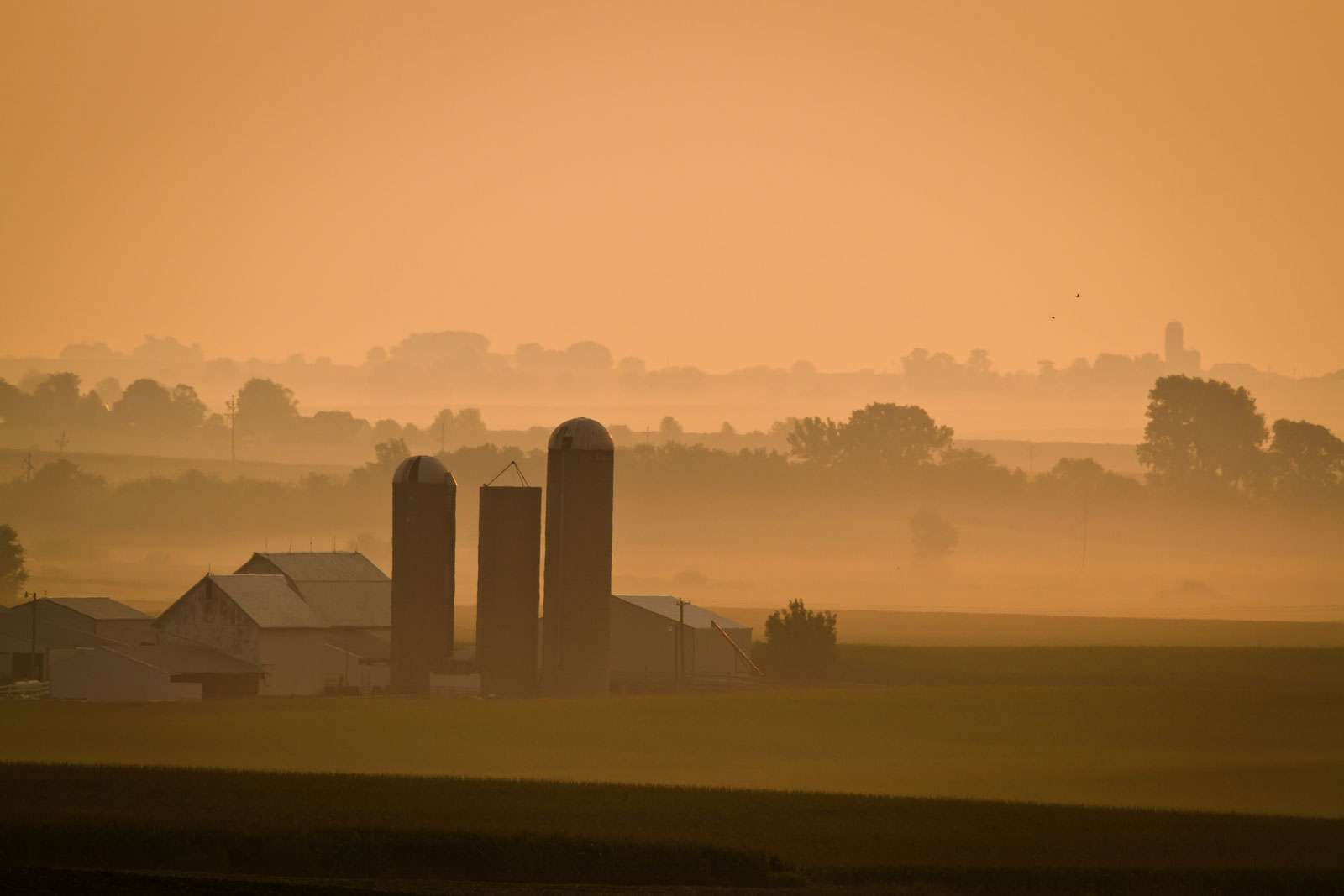
Full-Service CRP Solutions: What to Expect from FDCE
FDC Enterprises (FDCE) offers comprehensive, full-service solutions for Conservation Reserve Program (CRP) projects. Our services encompass every stage of CRP implementation, from initial site preparation to ongoing maintenance, ensuring that your conservation efforts are successful and sustainable. Here’s an overview of what to expect from our full-service CRP solutions. Comprehensive CRP Services Site Assessment and

The Impact of High-Quality Seed on CRP Success Rates
When it comes to Conservation Reserve Program (CRP) projects, the quality of the seed used can make a significant difference in the success of your efforts. High-quality seed ensures better establishment, healthier plants, and long-term sustainability. Here’s why investing in top-notch seed is crucial for CRP success rates. Benefits of High-Quality Seed Improved Germination RatesHigh-quality
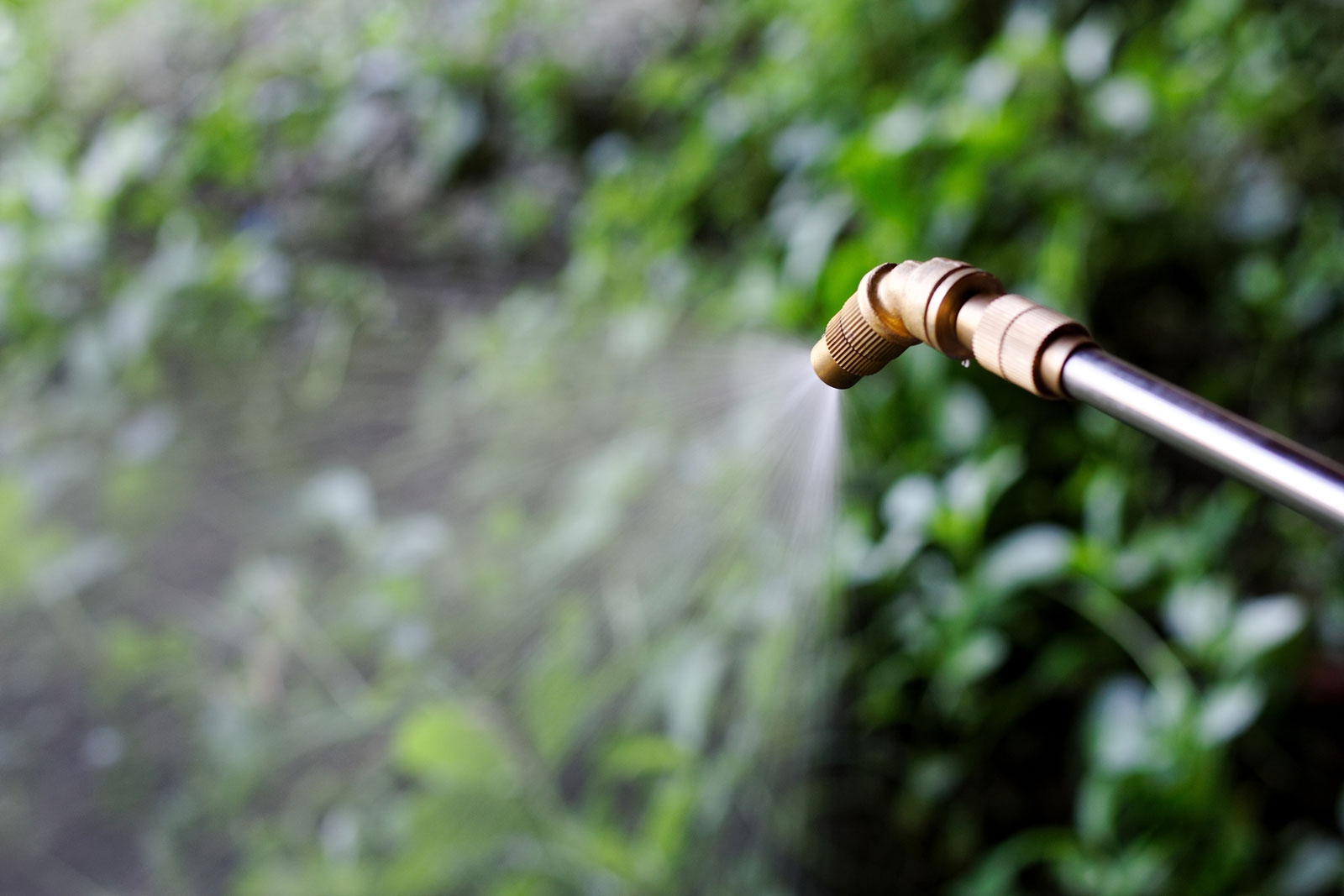
How to Develop an Effective Herbicide Plan for CRP Fields
Managing weeds in Conservation Reserve Program (CRP) fields is crucial for establishing and maintaining native plant growth. An effective herbicide plan can help control invasive species, will promote the growth of native plants, and helps to ensure compliance with CRP requirements. Here are some tips for creating a targeted herbicide plan to support your CRP
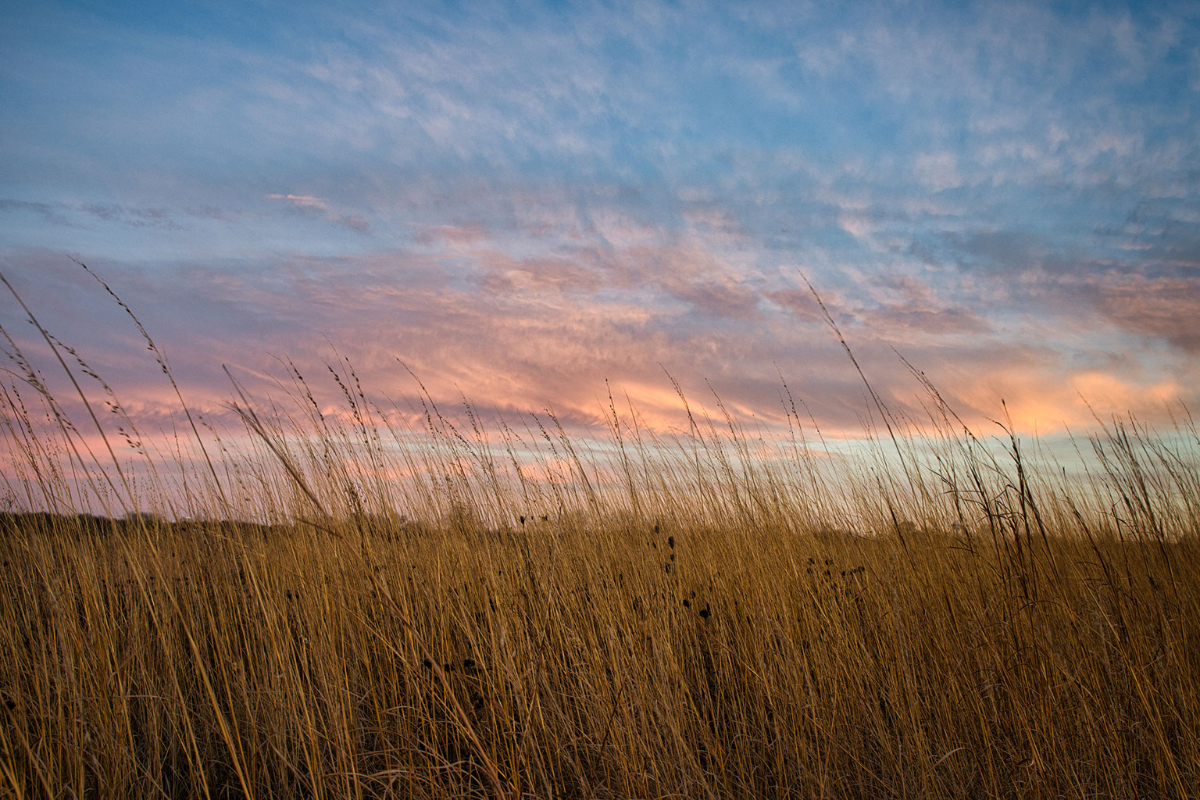
Understanding CRP Contract Requirements and Compliance
Enrolling in the Conservation Reserve Program (CRP) offers numerous benefits, including financial incentives and environmental improvements. However, understanding CRP contract requirements and ensuring compliance is essential to maximize these benefits. Here’s a guide to help landowners navigate CRP contract requirements and maintain compliance. Key CRP Contract Requirements Eligibility Criteria To participate in CRP, landowners
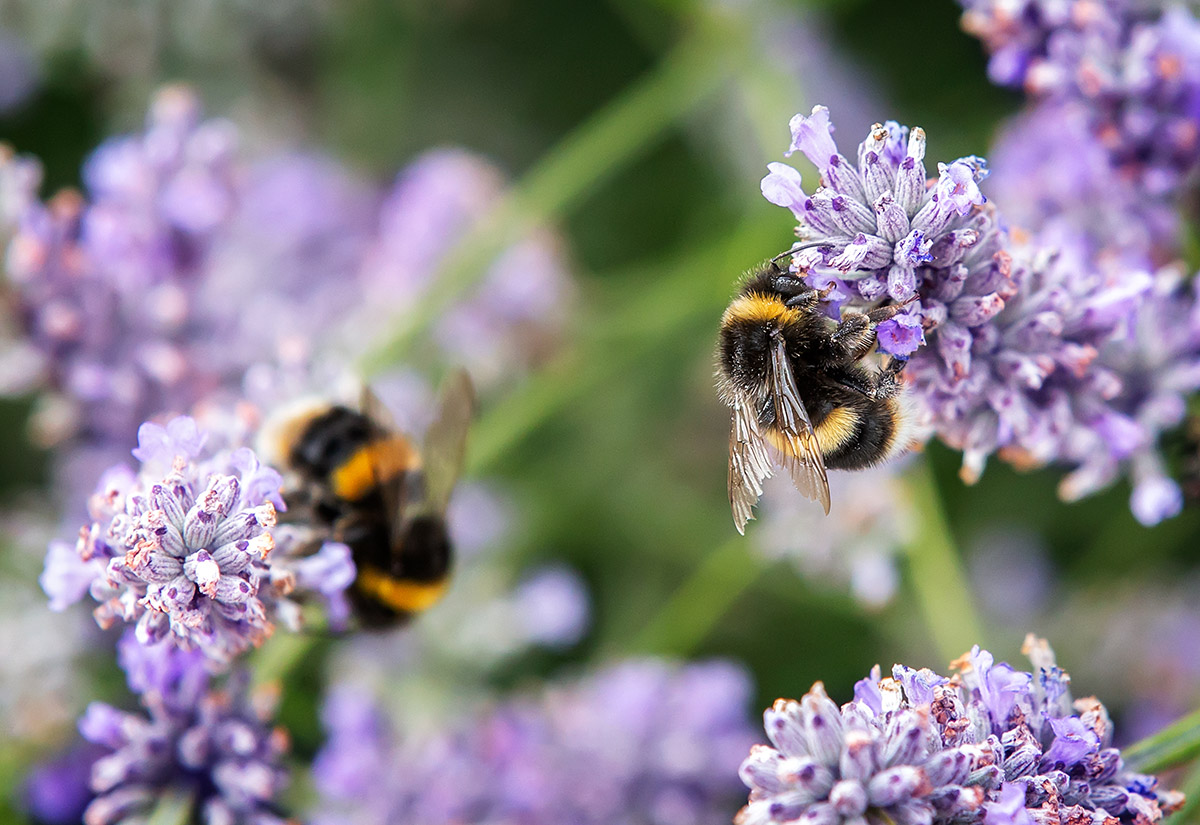
The Role of FDCE in Simplifying the CRP Process for Landowners)
Navigating the Conservation Reserve Program (CRP) can be complex, especially for landowners who are new to the process. FDC Enterprises (FDCE) is dedicated to simplifying the CRP process and providing comprehensive support to ensure your conservation project is successful. Here’s how FDCE can help you every step of the way. Expert Guidance and Consultation At
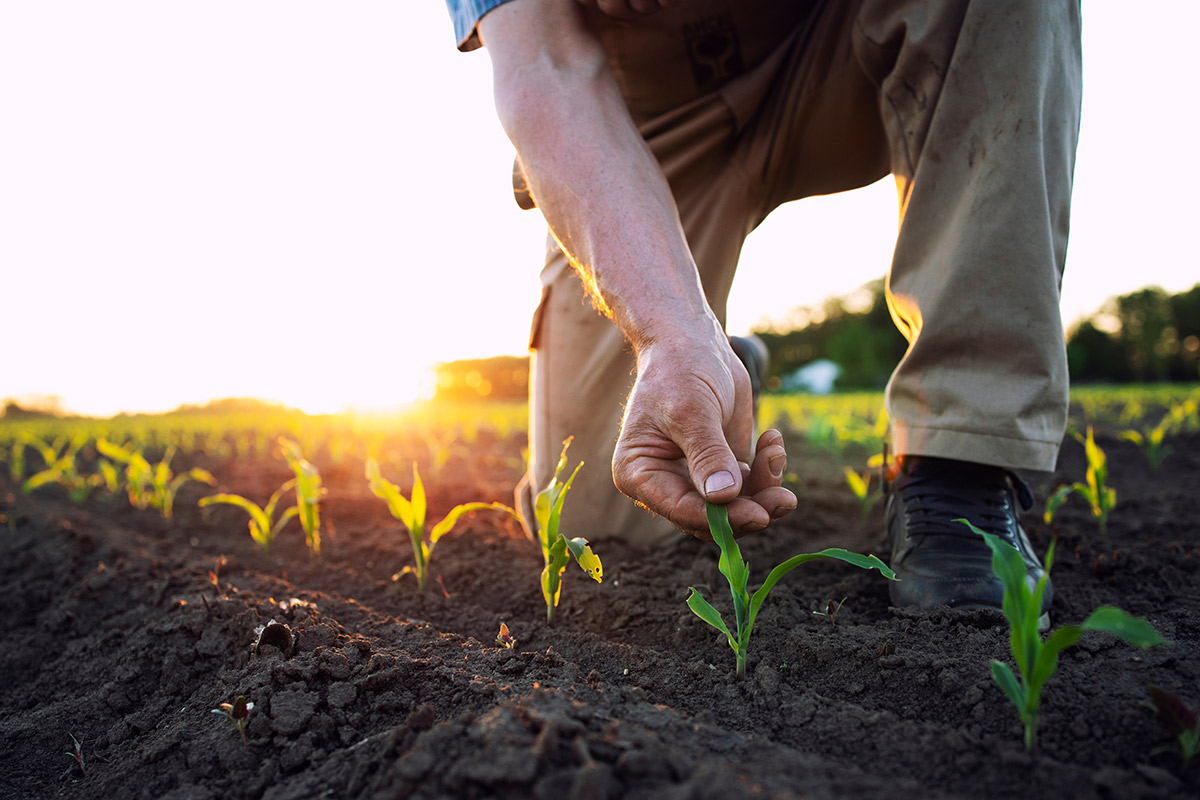
A Step-by-Step Guide to Establishing CRP Land
Establishing Conservation Reserve Program (CRP) land can seem like a daunting task, but with the right approach and expert guidance, you can create a thriving conservation area. FDC Enterprises specializes in providing comprehensive CRP solutions, from initial planning to full implementation. Here’s a step-by-step guide to help you navigate the process. Step 1: Understand CRP
